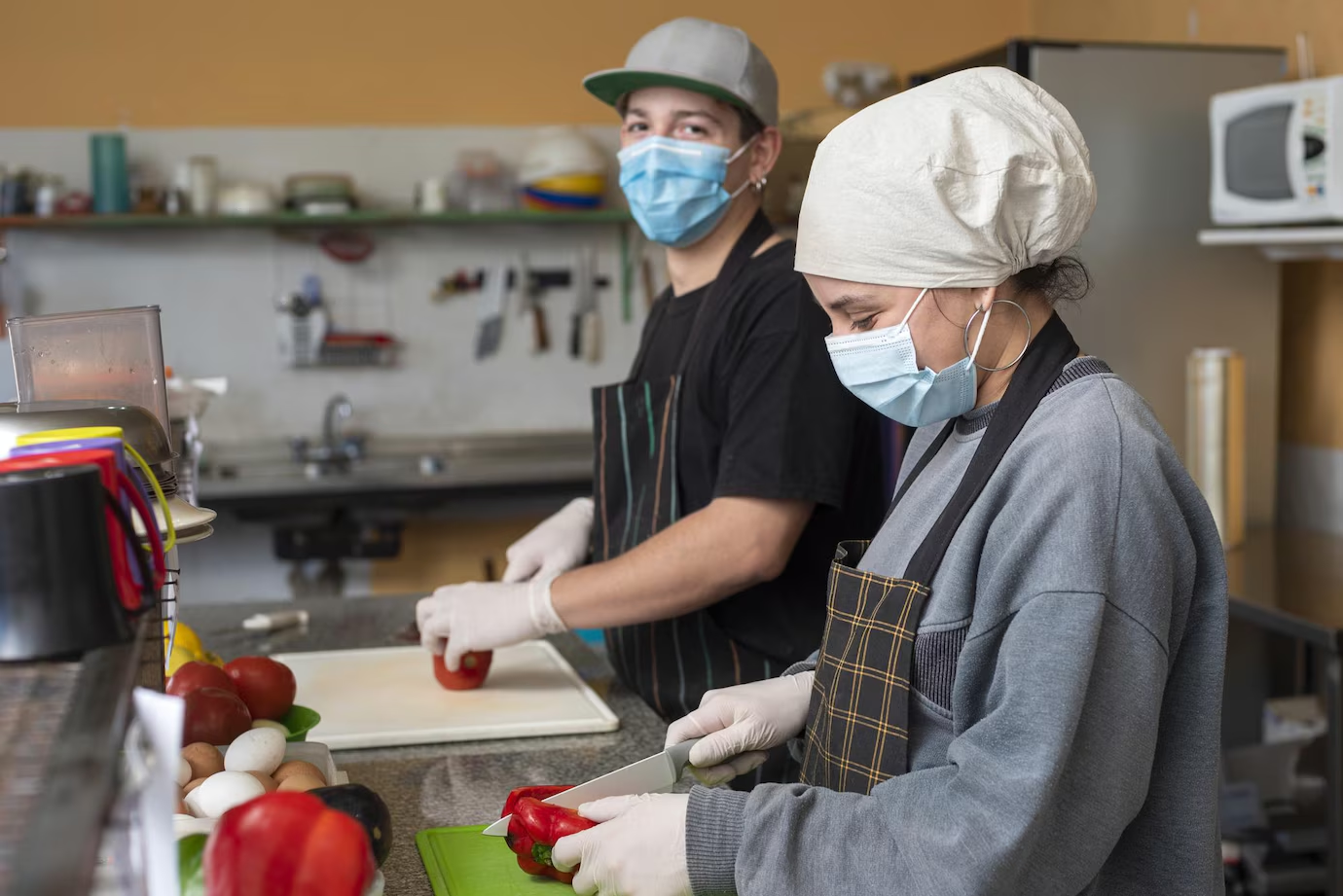In the food industry, safety and hygiene are not just regulatory requirements — they’re the foundation of customer trust and business success. Whether you’re running a restaurant, catering service, food production unit, or even a school or hospital kitchen, implementing a Food Safety & Hygiene Program is essential. A well-designed program goes beyond surface-level cleanliness. It builds a culture of safety, minimizes risk, and ensures that every meal served is safe for consumption.
What is a Food Safety & Hygiene Program?
A Food Safety & Hygiene Program is a structured plan that outlines best practices, standard operating procedures (SOPs), training protocols, and compliance checks related to the safe handling, preparation, and storage of food. The goal? To prevent contamination, reduce foodborne illnesses, and maintain a clean and safe working environment from farm to fork.

Why It Matters
1. Protects Public Health
Every year, millions of people fall ill due to foodborne diseases. A proactive hygiene program significantly reduces the risk of contamination from bacteria, viruses, and allergens.
2. Ensures Legal Compliance
Health departments and food safety authorities enforce strict standards. Non-compliance can lead to hefty fines, temporary closures, or permanent damage to your brand.
3. Builds Customer Trust
In the age of online reviews and social media, one hygiene-related incident can go viral. A visible commitment to cleanliness builds customer confidence and loyalty.
4. Improves Operational Efficiency
Clear protocols and trained staff lead to fewer mistakes, less waste, and smoother kitchen operations.
5. Boosts Employee Morale
Employees feel safer and more confident working in a clean, well-organized environment. It also reduces absenteeism due to illness.
Key Components of a Food Safety & Hygiene Program.
- Personal Hygiene Protocols
Handwashing, protective gear, illness reporting, grooming standards. - Cleaning & Sanitation Procedures
Daily cleaning schedules, approved sanitizing agents, and equipment maintenance. - Temperature Control
Monitor storage and cooking temperatures to prevent bacterial growth. - Food Storage & Handling
Proper labeling, segregation of raw and cooked foods, and first-in-first-out (FIFO) inventory management. - Cross-Contamination Prevention
Use of color-coded equipment and separate prep areas for allergens and raw meat. - Pest Control Measures
Routine inspections, traps, and professional pest management partnerships. - Training & Education
Regular training sessions, refresher courses, and assessments for all food handlers. - Audit & Monitoring
Regular internal audits, third-party inspections, and compliance reports to ensure standards are met consistently.
Who Should Implement a Food Safety Program?
Restaurants & Cafés
Catering Services
Food Manufacturers
School & College Canteens
Hospitals & Healthcare Facilities
Corporate Kitchens
Hotels and Resorts
Final Thoughts
A strong Food Safety & Hygiene Program is more than just a checklist — it’s a comprehensive framework that supports safe food practices at every stage of the supply chain. It protects your customers, employees, and brand while aligning with national and international food safety standards.
Investing in food safety today means safeguarding your reputation and success tomorrow.












3 Comments
This is exactly what i was looking for, thank you so much for these tutorials
It would be great to try this theme for my businesses
What a nice article. It keeps me reading more and more!